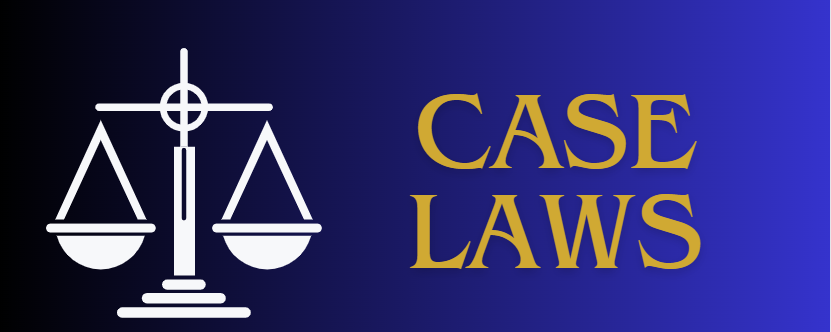In criminal trial, court should not rely merely on presumption for non-appearance of witness rather should call him as CW to obtain the direct testimony; Article 129 (g) of Qanun-eShahadat Order, 1984 is more akin to civil proceedings than to crimina.
Delay in conduct of post mortem examination which could be due to any administrative issue or nonavailability of doctor etc. For such circumstances, benefit cannot be extended to the accused, prosecution cannot be held responsible
It is trite law that on the principle of falsus in uno, falsus in omnibus, if the witnesses are disbelieved against one set of accused; their testimony cannot be accepted qua other accused; yet under the principle of abundant caution, an accused can be singled out from the others.
Law is settled now that evidence capable of amounting to corroboration may be the evidence which is relevant, credible, admissible and independent and which implicates the accused in a material particular. For corroboration, confirmation of all circumstances of the crime is unnecessary; it suffices if there is confirmation as to a material circumstance of the crime and of the identity of the accused. Prosecution usually put a prima facie case known as 51% case or a case with realistic prospect of conviction before the court, yet standard of proof for evidence before the court is bit higher than one set by the prosecution. The standard of Proof required before a criminal court is proof beyond reasonable doubt, yet it also goes side by side with new formulation of standard, internationally followed in some jurisdictions i.e. “Sure of guilt” keeping in view the circumstances of the case. Jurists have introduced a new concept of standard of proof that is known as “floating standard”, which means every piece of evidence shall not be evaluated on the touchstone of standard of proof beyond reasonable doubt, Probability varies low or high on different types of evidences produced before the court. e.g. standard of proof required for ocular account may vary from standard of proof for medical evidence and so on for other types of evidence in a case, yet it is the totality of circumstances and the combined or cumulative effect of all types of evidence produced before the court which prove the charge beyond reasonable doubt or at least equip the court that it must be sure of guilt of accused. “Standard of proof styled as proof beyond reasonable doubt” and formulation known as “Sure of guilt” are part of our criminal justice system which is reflected from the Article 2(4) of Qanun-e-Shahadat Order, 1984.
Either fact is so certain that court believes of its existence or it is so probable that court could suppose existence of such fact. This supposition by the court lead to formulation known as “Sure of guilt”. The court can reconstruct the story while inferring it from prosecution case theory and the counter defence version.





















0 Comments